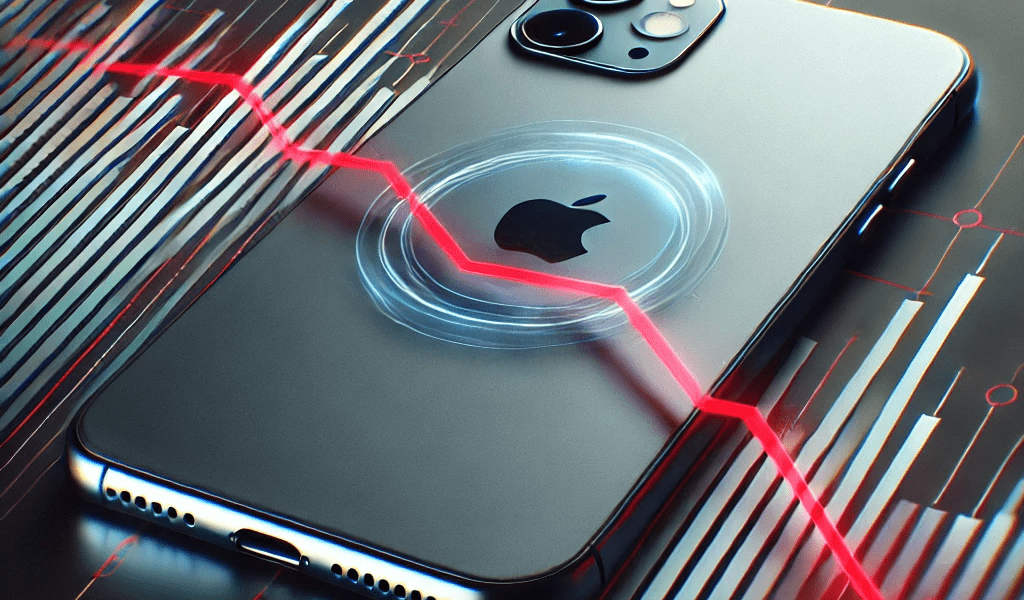Apple Stock Falls as iPhone 16 Faces Soft Demand: What’s Behind the Drop?

Apple recently experienced a noticeable dip in stock price, driven by concerns about weaker-than-expected demand for its latest iPhone 16 models. While pre-orders for previous iPhones sparked excitement and longer shipping times, the iPhone 16 didn’t follow the same trend. Analysts attribute the sluggish demand to the delayed rollout of key features like “Apple Intelligence,” an AI integration slated for future release, leading to consumer hesitation. The staggered launch of this flagship feature has left buyers unsure if the upgrade is worth the immediate investment.
Delayed AI Feature Causes Hesitation
One of the significant selling points for the iPhone 16 series is Apple’s AI integration, dubbed “Apple Intelligence.” However, this feature is not expected to be fully available until next month in the U.S. and later for global markets. As a result, many potential customers are choosing to wait, rather than rush into a purchase without the new technology fully activated. This delay has cast a shadow on the otherwise anticipated iPhone launch, as buyers feel they may not be getting the full package right away.
Market Impact: Shorter Shipping Times
Unlike the earlier models that often saw long waitlists and extended shipping times due to overwhelming demand, the iPhone 16’s shipping times have remained relatively short. This is being viewed as an indicator of underwhelming consumer interest, particularly for the iPhone 16 Pro. Investors are reacting to these early signs by selling off shares, reflecting reduced confidence in Apple’s ability to maintain the high growth expectations.
Future Outlook: Will Apple Rebound?
Despite the initial challenges, Apple remains a dominant force in the smartphone market. However, the performance of the iPhone 16 will be critical in determining its financial trajectory. As Apple continues to expand its product offerings and integrate advanced features like AI, the long-term impact will largely depend on how quickly these innovations become widely available. For now, investors and consumers alike are adopting a wait-and-see approach as the iPhone 16’s real-world demand takes shape.
In conclusion, while the current dip in stock prices is concerning, Apple’s innovative capabilities still position it as a leader in the tech industry. The key will be in managing consumer expectations and ensuring that groundbreaking features like AI integration meet their delivery schedules.
This story serves as a reminder that even tech giants like Apple are not immune to market volatility, especially when product launches don’t go as planned.
